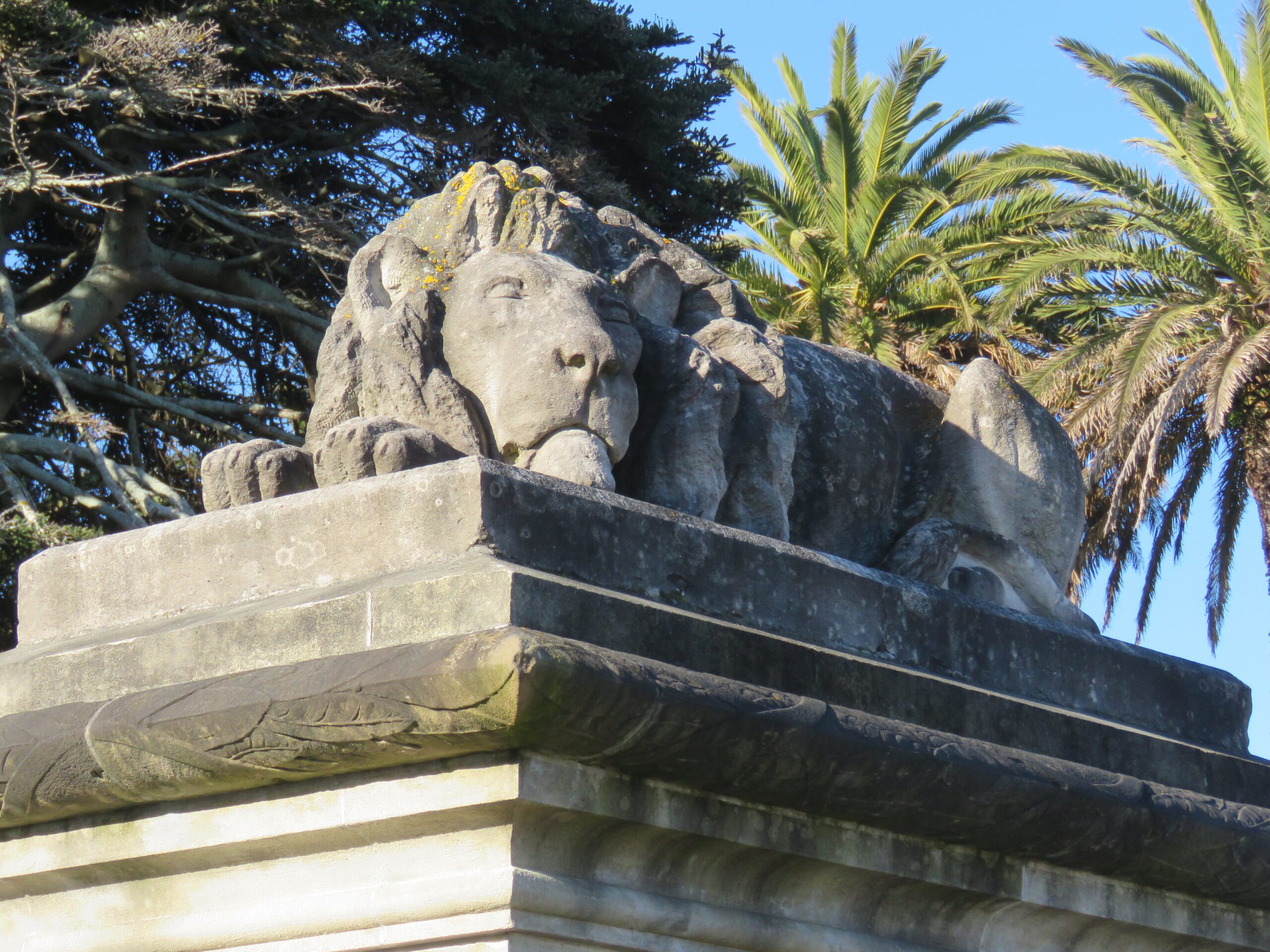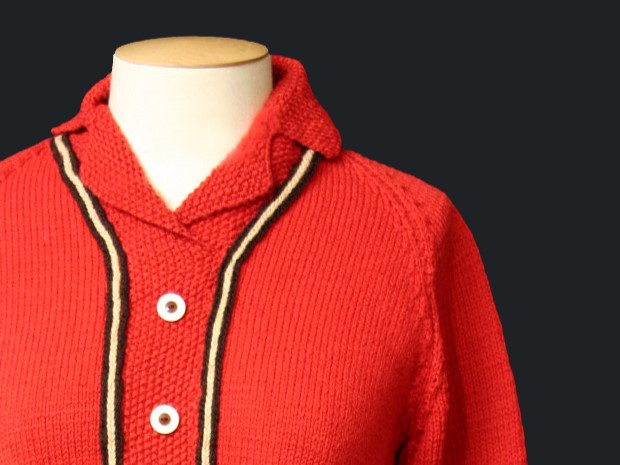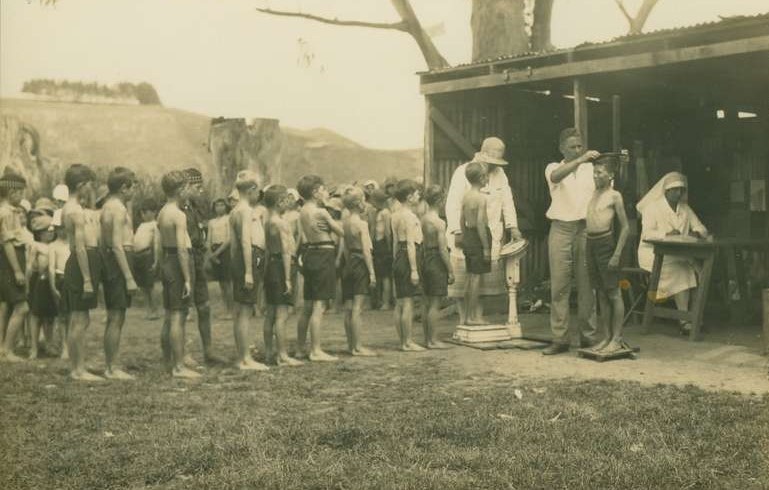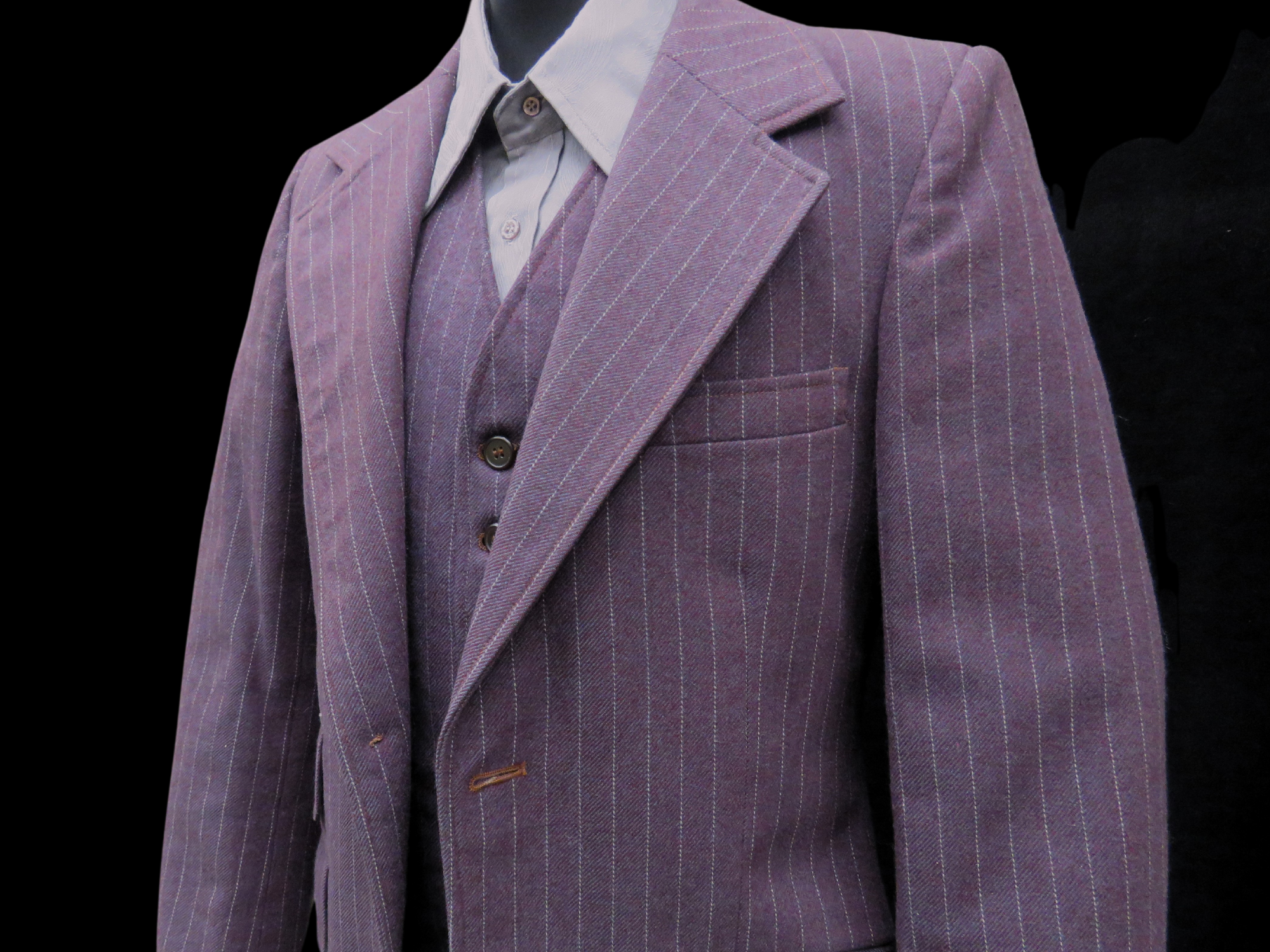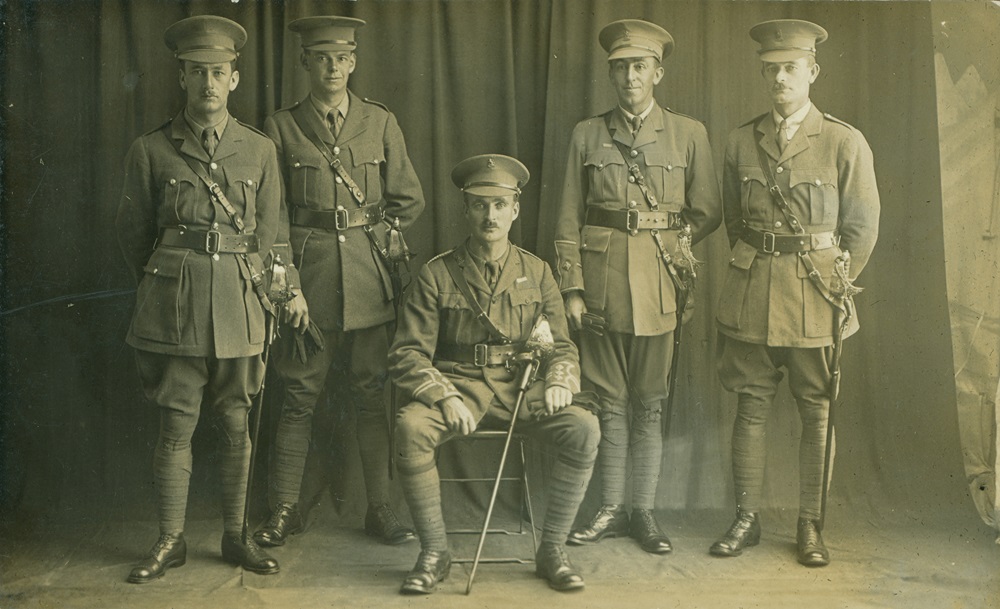Collection Stories
This stunning kaftan is made of indigo-coloured satin cotton and tie-dyed in splashes of coral, yellow and emerald. It was bought in Nigeria, in West Africa, in the early 1980s and worn during that decade by Sharon Dell, director of Whanganui Regional Museum from 1995 to 2008.
Kaftans, which are basically robes, have a long history, having emerged in Asia and moved all over the world, adapted by different cultures which all put their stamp on their own kaftans. North Asia, Eastern Europe, Central Asia, Southwest Asia and Northern Africa all had, and still have, their own distinct kaftan styles, materials and appropriate ways of wearing them. Kings, queens and nobles wore them, heavily decorated with embroidery, gold and silver, sometimes in many layers. The poorest people of the world also wore them, as a practical, cheap and protective garment in which to work for their living.
In the 1950s western women began to wear them for formal or evening events such as balls, parties and dining out. Actress Elizabeth Taylor famously wore kaftans to the extent that they became synonymous with her glamourous style.
Kaftans became popular, in a different way, in the western world, in the 1960s and 1970s. Worn by both men and women, they were often associated with the counterculture of youth, their music, their politics and their lifestyles.
Sharon Dell wore kaftans throughout the late 1960s and 1970s because they were so comfortable and attractive. By the 1980s, however, she was wearing them for ‘dressing up’. Always stylish, Sharon enjoyed wearing distinctive clothing from around the world.
This particular kaftan was designed and made by Ajoke Aladire in Lagos, the former capital city of Nigeria. Adire means ‘tie and dye’ and a practitioner is known as ‘Aladire’. This particular style of kaftan is traditionally made by the Egba, a subgroup of the Yoruba people, an ethnic group in western Nigeria. Today, modern materials and dyes are used.
In West Africa, a kaftan is a pullover robe, worn by both men and women. The women’s robe is called a kaftan. The men’s garment is known as a Senegalese kaftan and has long bell-shaped sleeves; it is worn with matching drawstring trousers.
Sharon’s ankle-length kaftan is made of two strips of fabric sewn together to form a square and then tie-dyed. Materials suitable for wax-resistant processing, such as cottons, can produce designs in many tints and hues by treating selected parts of the material to prevent them absorbing dye.
Sharon’s mother, Dame Miriam Dell, bought the kaftan for her daughter while on a trip to Africa when she was President of the International Council of Women from 1979 to 1984. In that role, she travelled the world and often brought back clothing and other gifts for her four daughters. Sharon loved wearing the kaftan because it was both beautiful and stylish.
By Libby Sharpe, Pou Tiaki/Senior Curator at Whanganui Regional Museum.
Image left: Sharon Dell’s kaftan, early 1980s
Designed and made by Ajoke Aladire of Lagos, Nigeria
Photographed by Kathy Greensides
WRM 2008.56.14
Image right: Sharon Dell (at right) with her father Dr Richard Dell, director of the Dominion Museum (now Te Papa) and her mother, Miriam Dell, newly invested as a Commander of the Order of the British Empire in 1975. Miriam was promoted to the rank of Dame Commander for services to women in 1980.
Photographer unknown.
View the full-length image.


